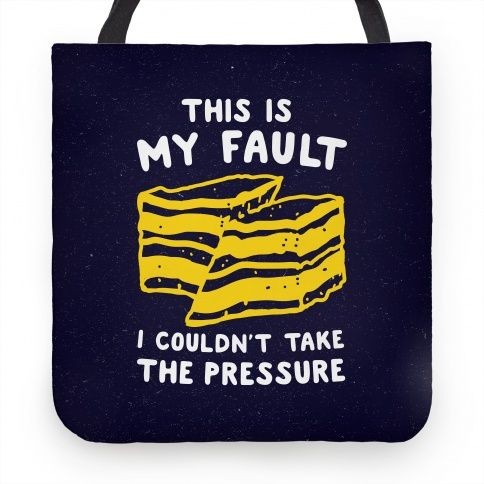Compound Interest The Good and The Bad_1
Post on: 19 Февраль, 2016 No Comment

One of the widest-used quotes in the world of money is one that has been attributed Albert Einstein: “Compounding interest is the most powerful force in the universe.”
The reality is that no one actually knows whether or not Einstein said such a thing. Some say that, when asked to name the greatest invention, Einstein replied, “compound interest.” In any case, Einstein’s thoughts about compound interest are urban legend.
But, even though the truth of the sentiment’s origins are in doubt, the reality expressed in these stories is accurate. Compound interest really is a great invention and a powerful force depending on which end you’re on.
The Good Side of Compound Interest
Compound interest is interest that is paid on interest. Basically, it’s money that you receive on your returns. If you have a savings account that pays in compound interest, it basically works like this:
Say you have $10,000 in an account compound monthly. You have a rate of 0.85% APR. This means that each month, you receive an interest rate of 0.0708%. At the end of the first month, you are paid $7.08. Now, you have $10,007.08 in your account.
If your account paid simple interest, and you added nothing new, your next interest payment would be the same, until at the end of the year you had, roughly, $85 extra dollars in your savings account, $10,085. With simple interest, your earnings are only on your principal.
Compound interest changes things up. You receive interest on your interest earnings as well as your principal. So, in our example, the next month you receive interest on the entire balance. By the end of the year, you have $10,085.33. It’s not a lot extra (since the money is in a savings account), but it’s a little extra. But you’re not going to be impressed if you’re just saving over the course of the year, in a so-called high-yield savings account.
Where compound interest really helps, says Steven Elwell, CFP and vice president at Schroeder, Braxton & Vogt, is when you use it over the long term. “It’s not too powerful over short periods of time,” he says. He also points out that you should invest some of your money, rather than put it all in a savings account.
Compound interest is more useful when you put your money into things that have the potential to earn over time. “Look to investing in stocks and bonds with higher dividends and potential growth,” says Elwell.
And the earlier you start, the better off you’ll be. “No amount of money is too small to start saving,” Elwell says. “You need to start as early as possible to maximize the effect.”
If you set aside $200 a month for retirement, in an investment account that earns 6% compounded annually, in the hopes that you will retire at age 60, you can see the difference five years makes. Here’s how much you would have if you started at:
Age 30: $402,248.05
Age 25: $566.980.16
Start even earlier, at age 20, and you end up with $787,428.88. Compound interest can, indeed, be powerful, as long as you are earning it.

“Most people don’t fully understand the long-term effect of compound interest. The most important variable for compound interest is the length of time for the interest to compound,” says Elwell. “This why it’s so much easier to save for retirement if you start in your 20s as compared to your 40s. Imagine earning dividends on your dividends’ dividends.”
The Bad of Compound Interest
Most people think of interest in terms of what they are paying, however. And it can, indeed, be problematic. This is because when you’re paying compound interest, it is equally powerful as it’s holding you down and making it difficult for you to get ahead financially.
One of the issues that you run into with paying compound interest is the fact that often it is compounded daily particularly when you have credit cards. You might only have your interest compounded on a savings account or other investments once a month, once a quarter, or once a year. (There are some savings accounts that compound daily, and some dividends pay quarterly, so compound on that basis.)
The more often interest is compounded, the more you earn or pay. With credit cards, the problem is, er, compounded by the fact that the annual rates are often so high. Take the example of a $3,000 balance on a credit card that has a 17.99% APR and compounds daily. At the end of day one, you’re going to be charged 0.04929%, or about $1.48. Now your balance is $3,001.48. The next day, you’ll be charged interest on that entire amount, and the interest will be just a little bit more. By the end of the year, that’s going to amount to right around $591.13 extra paid in interest.
“This causes big problems with long-term credit card debt,” Elwell points out. And you can see how carrying balances over time can start to really make a dent in your finances. “The effects of compound interest can make poor spending and budgeting habits worse over time,” Elwell continues, “and can lead to bankruptcy.”
If you don’t keep a lid on your debt, and you are on the paying end of compound interest, it’s difficult to build wealth over time, since the effect of high-interest debt compounding daily can cancel out the effects of the interest you earn on investments over time.
So, if you really want compound interest to work for you, it makes sense to pay off your high-interest debt as quickly as possible (or avoid it altogether if you can), and then start investing right now.














